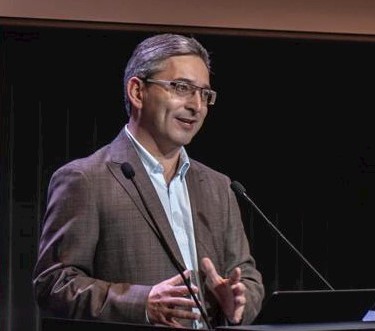混凝土筒仓的无损评估
在LinkedIn在Facebook上分享在Facebook上的分享在Twitter上的分享在Telegram上分享有关WhatsApp Share on Email Tower Silos上的分享,用于在农业项目中存储谷物,在Ready Mix中存储水泥和炉渣……
我们为混凝土材料和结构提供一流的非破坏性评估和测试解决方案。我们利用最具创新的技术和高级工程来为客户提供决策过程。

欢迎您的加入FPRIMEC为结构混凝土提供了最先进的成像和扫描,包括地面穿透性雷达(GPR),超声层析成像,超声波脉冲回波(UPE)和Impact-Echo,以识别和量化地下表面缺陷。

欢迎您的加入FPRIMEC提供了创新的测试解决方案,用于评估桩和深层基础元素的完整性。我们帮助客户进行低应变冲击完整性测试,孔井声记录,热完整性分析和平行地震测试。

欢迎您的加入FPRIMEC提供了高级检查和监视解决方案,以评估钢筋混凝土元件的完整性和可靠性,包括梁,柱,板,板,后张齿轮和质量基础。

欢迎您的加入FPRIMEC提供了高级NDT解决方案,用于检查和监测混凝土结构中的腐蚀,包括桥梁甲板,停车场和工业设施。


“……我们成功使用IPILE评估了智利钻井轴(桩)的完整性,我对它的性能感到非常满意。欢迎您的加入FPRIMEC及其在南美的技术合作伙伴为我们提供了极大的支持,使我们能够按时和准时交付项目。”
Oitec Geotecnia总经理 - 智利
我们喜欢具体的检查和测试。如果您碰巧喜欢我们的内容,请在评论部分中分享您的想法,并通过与您的朋友和同事分享单词。